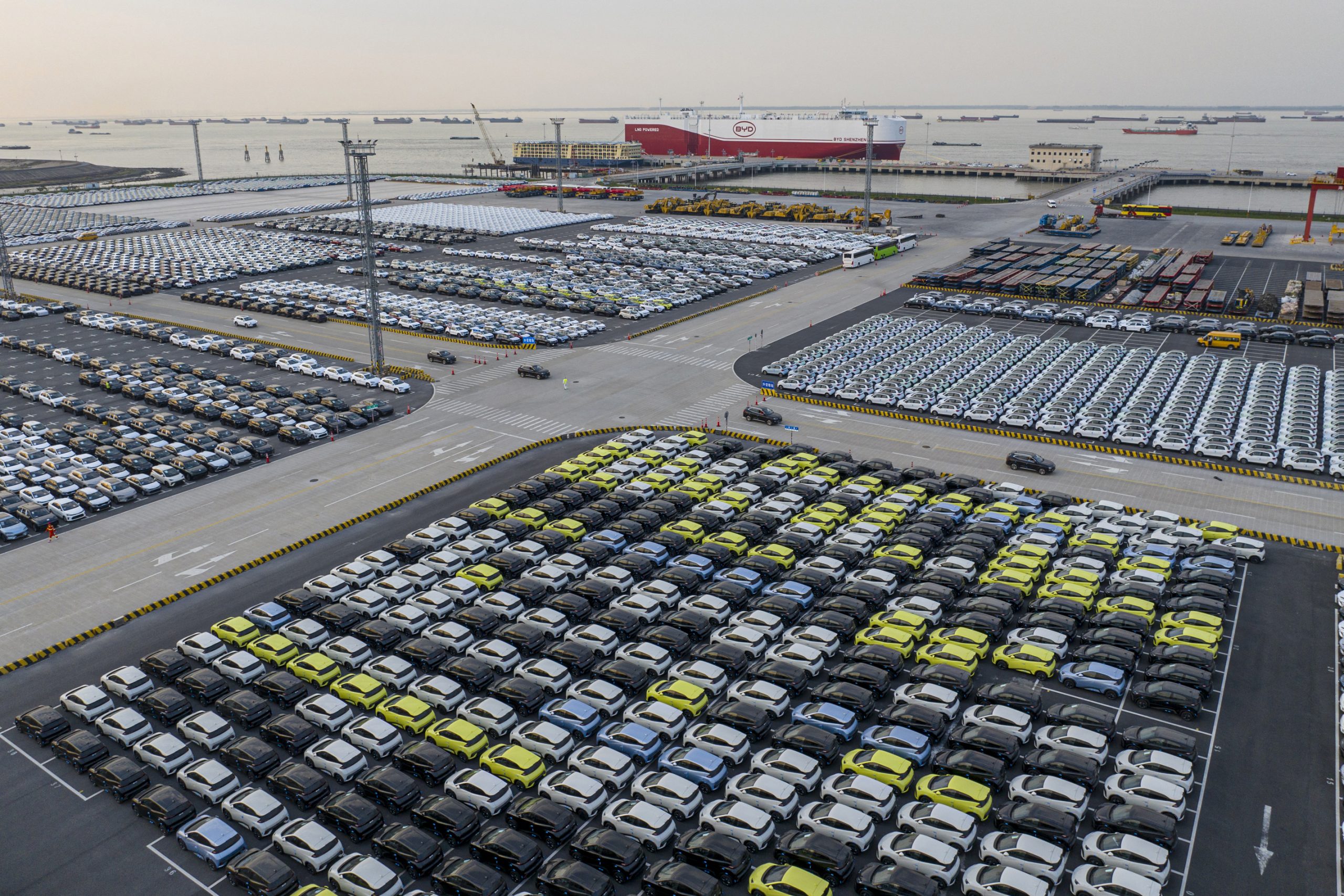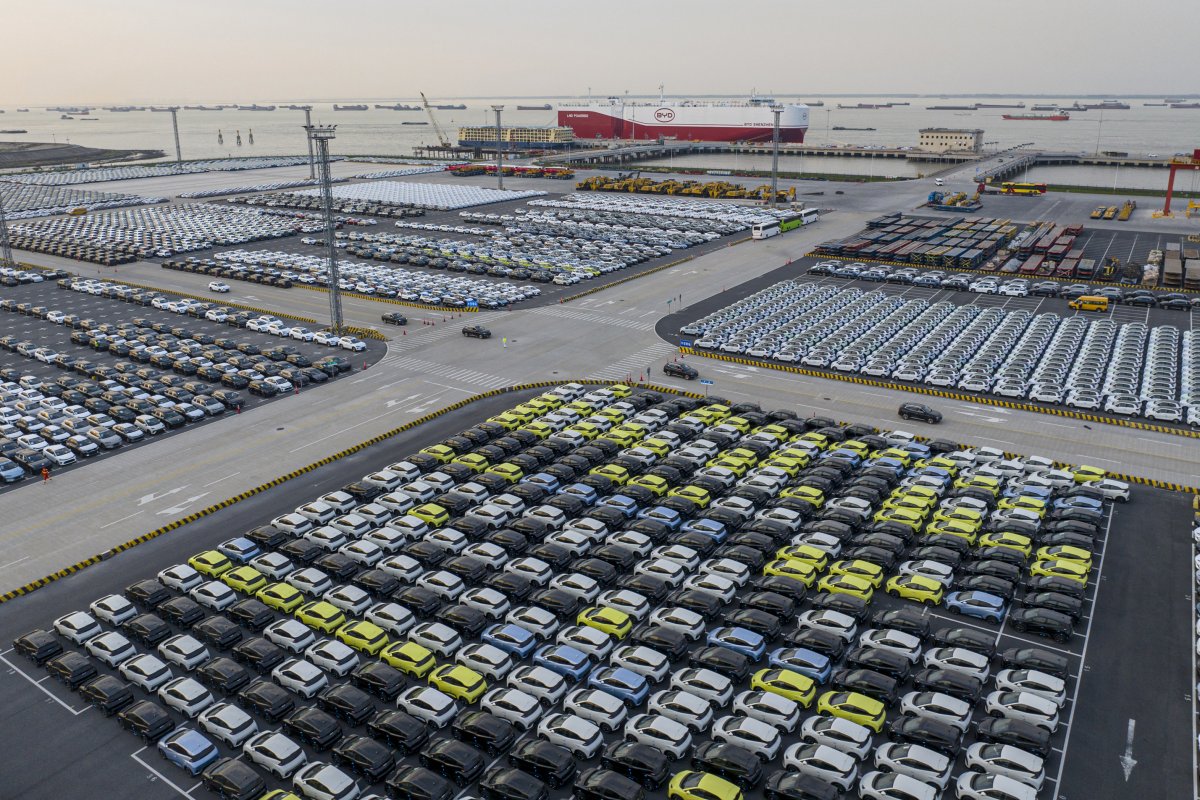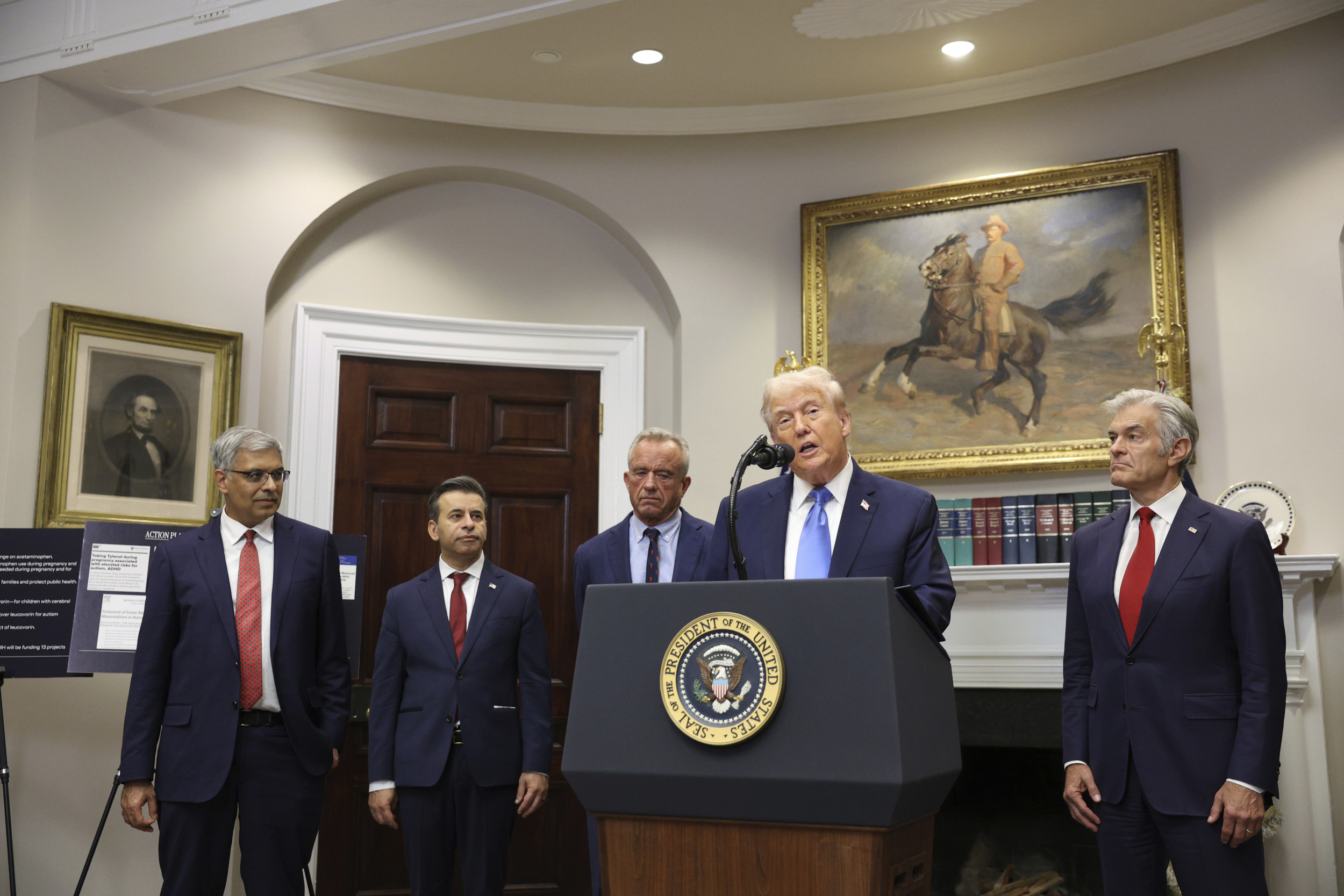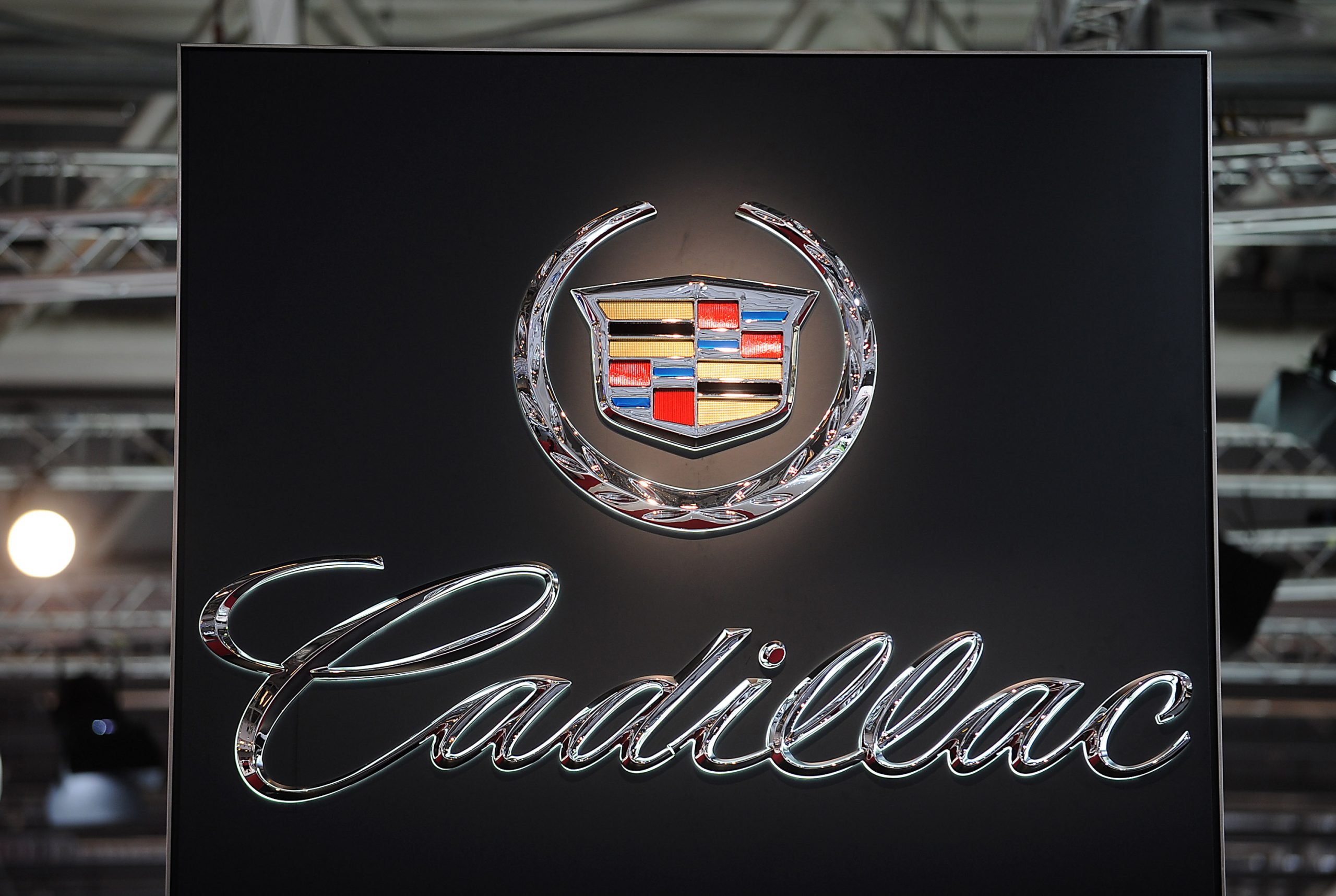
Chinese officials have said the country has successfully built the world’s largest electric vehicle (EV) charging network during its 14th Five‑Year Plan.
State Council Information Office officials announced at a Beijing press briefing today that renewables had climbed to roughly 60 percent of the country’s installed power generation capacity.
Newsweek contacted the Chinese National Energy Commission for more information on the network via email.
Why It Matters
China’s expansion of charging infrastructure matters because charging availability influences the rate of EV adoption, affects global automotive supply chains, and underpins state policy to pivot the economy toward electrified transport and renewables. The scale of the network also shapes trade and industrial policy debates abroad as Chinese manufacturers expand exports and as some trading partners review subsidies and trade practices tied to EV production.
What To Know
Chinese officials said Beijing established the world’s largest EV charging network during the 14th Five‑Year Plan period, from 2021 to 2025.
An National Development and Reform Commission (NDRC) spokesperson said in the press briefing that China had about 9.92 million charging stations at the end of May, including some 3.05 million public chargers and 6.87 million private chargers, and that the total represented year‑on‑year growth of roughly 56 percent.

Getty Images
Officials said renewables grew from about 40 percent to roughly 60 percent of China’s total installed power generation capacity during the same planning period.
However, Reuters reported that many chargers remained idle for long periods, and that public chargers in China were predominantly slower, non‑public installations used at residences, a pattern that contributed to low average daily revenue at numerous public sites.
China has been a consistent world leader with this kind of infrastructure investment for a while. Since 2008, the country’s high-speed rail network has grown to roughly 25,000 miles, more than double the combined length of the rest of the world’s high-speed railways and long enough to circle the Earth.
The planning began in the 1990s when China was experiencing high economic growth but also infrastructure challenges. The enterprise gained momentum during China’s “speed up” campaign in the late 1990s and 2000s, aimed at increasing the speed of commercial trains.
What People Are Saying
Li Chao, NDRC spokesperson, said: “Our country has built the world’s largest charging infrastructure system, with the biggest number of chargers, the widest range of services, and the most complete types of chargers.”
What Happens Next
Chinese planning bodies reported plans to continue expanding charging capacity, including adding charging piles and parking charging spaces at highway service areas, and officials said further network growth would accompany ongoing EV market expansion.




